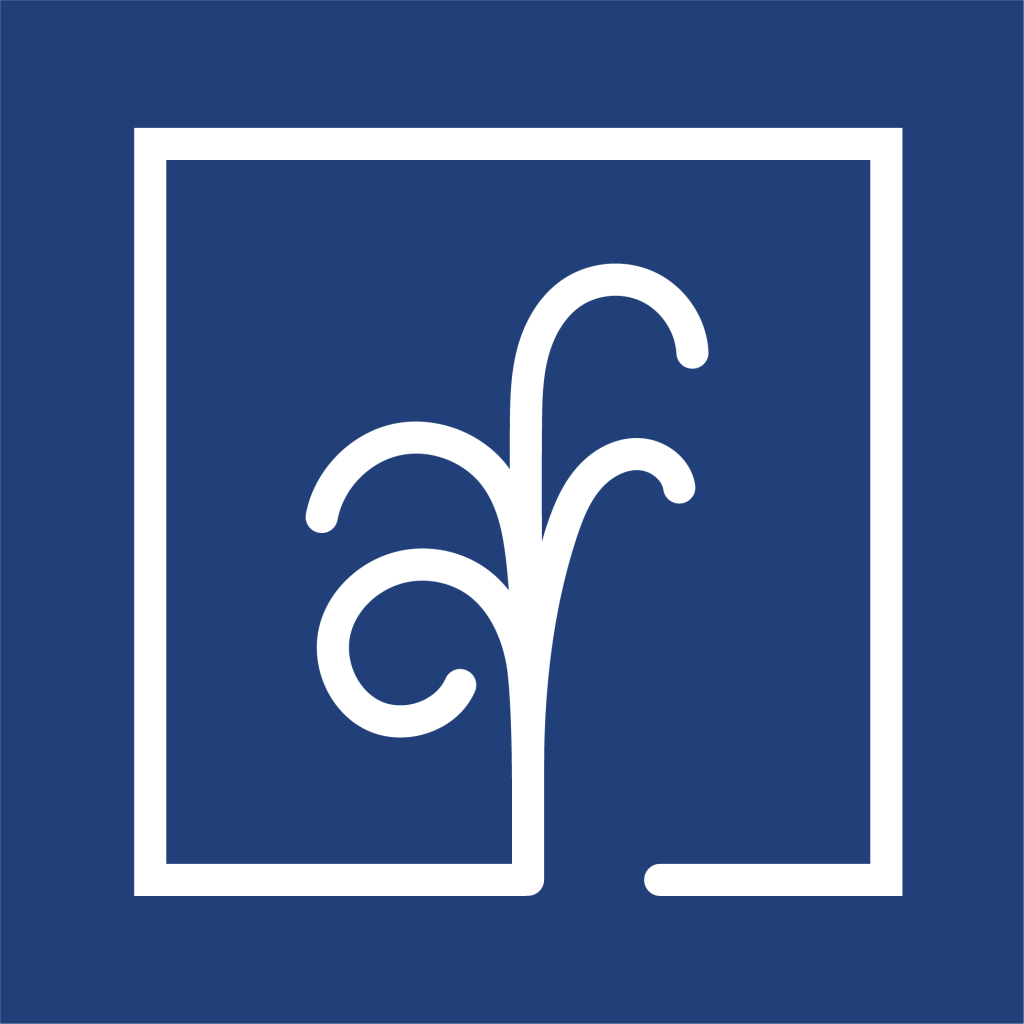Syrian Refugee Youth; an example of survival and inspiration - By Muna Abbas
I felt like I had been transported to another universe when I visited the Shatila refugee camp last year. Over 40,000 Palestinians have fled to the 1949 refugee camp of Shatila in Lebanon, right now the camp is the home to Syrians escaping the conflict in Syria. It was as though I had manifested myself in the book Shatila Stories. “we marched through dim, muddy alleyway where hardly any light penetrates even though the sky above us is now brightening. Tangled electrical cables run everywhere above our heads and wrap themselves around water pipes, clamping up the precariously assembled buildings that look like giant matchboxes stacked on top of each other… “
At the point where the cab could proceed no farther into the camp, a member of the team from the partner organization - that organized the visit for me- greeted me and accompanied me to their centre. I met the centre's "emerging leaders," adolescent girls and boys. They represent a whole generation of Syrians who have known nothing except the horrors of war. Maram, Anas, Alaa, Adnan, and many others who are now 15–17 years old didn't know how to read or write when they first arrived at the camp roughly five years ago. War, death, brutality, and chaos were the only constants in their lives at the time.
During my time with them, they told me how their education experience had enabled them to thrive and given them the will to hope for a brighter future. The educational curriculum and the exposure to a world outside their reality were two of the many things they spoke highly of while praising the center. I sensed confidence, determination, and excitement for a brighter future. I was awed by their perseverance as I heard accounts of their homes and their parents' struggles to care for their children. They stood in for a whole generation who have struggled to regain their optimism. Leaving Shatila that afternoon, I was convinced more than ever that education saves lives and is the greatest equalizer of them all. Education, in its most basic form, is meant to offer students the tools they need to face adversity head-on, achieve their goals, and thrive in life.
Data collected by the UNHCR shows that the majority of Syrian refugee children in Lebanon are of secondary school age or older and are not in school. Startlingly, less than 2% of Syrian refugee youth in Lebanon complete high school. Extreme poverty is the norm in many long-standing, overcrowded refugee camps like Shatila. Despite the fact that many marriages in the camp go unrecorded, 41 percent of married displaced Syrian women are under the age of 18. Syrian refugee children may have a difficult time complying with local regulations that make it difficult for them to attend school.
Every child, including those I saw that day, has a basic right to quality education that will set them up for success in adulthood. Education is the single most important key to success. Seeing these young people go through such a profound experience made me think of my parents' tales about their time as refugees when they were forced to leave Palestine in 1948. True accounts of terror, destitution, bereavement, and insecurity. I also recalled tales of unexpected opportunities, relentless dedication, ultimate triumph, and the realization of long-held ambitions. Education was the turning point and the key in every story, whether old or new.
We are grateful to all our partners that work tirelessly to improve the lives of vulnerable children by providing them with access to quality education. By participating in these programs, children are given the tools they need to overcome the hardships of their everyday lives and build a brighter future for themselves and their communities.
Recalling this story highlights to me, to us all, that all societies rely on education; thus, funding it must be a top priority.
